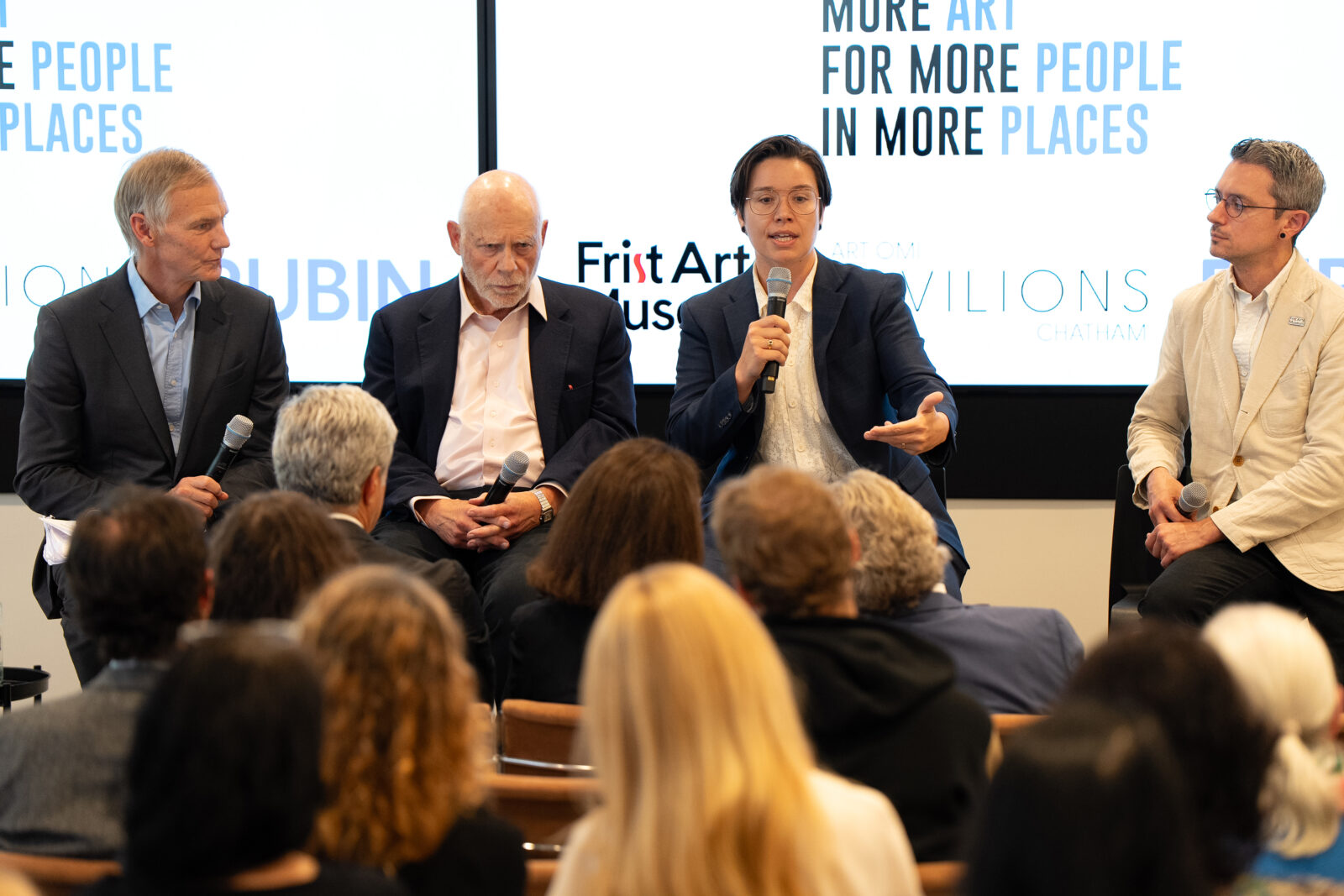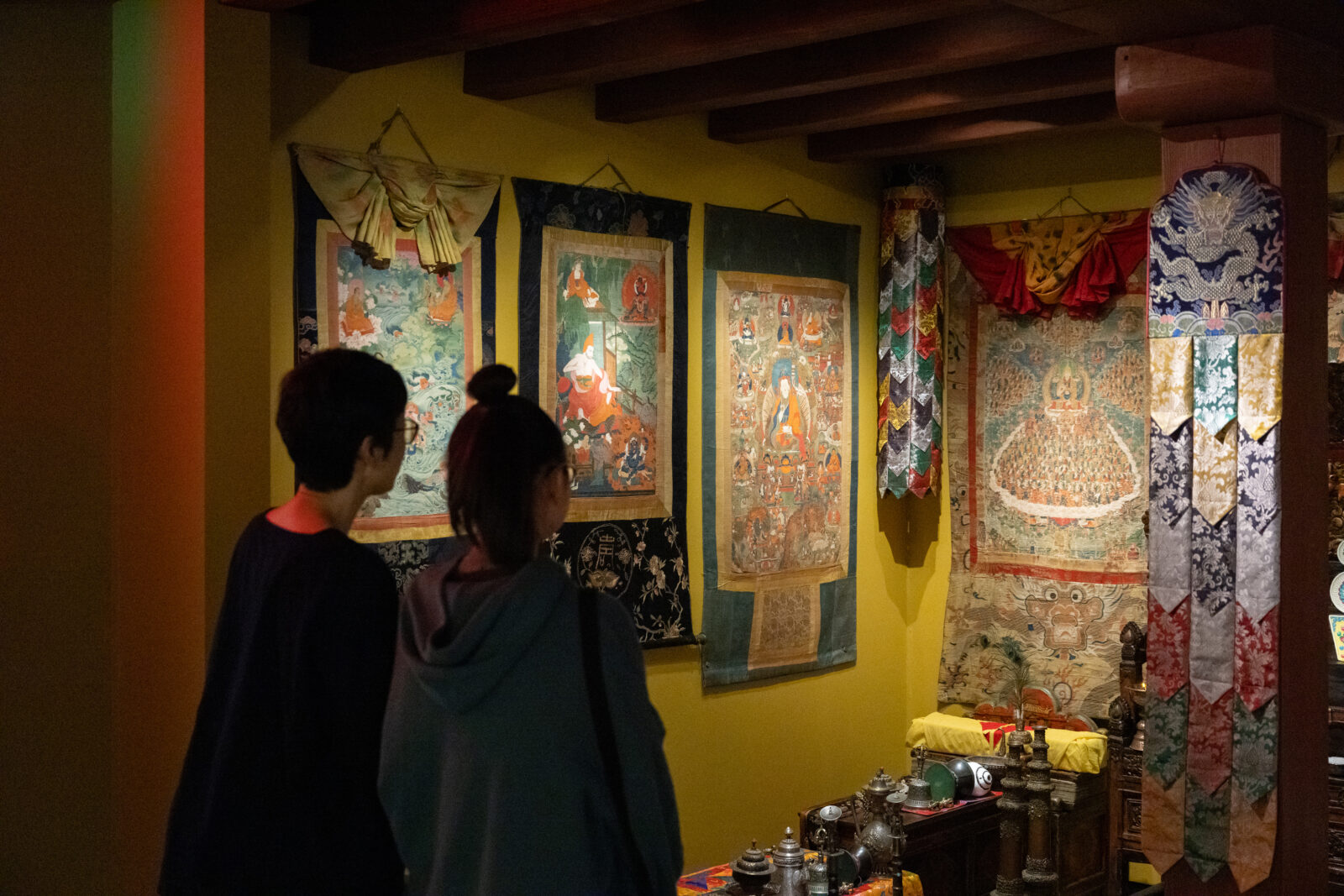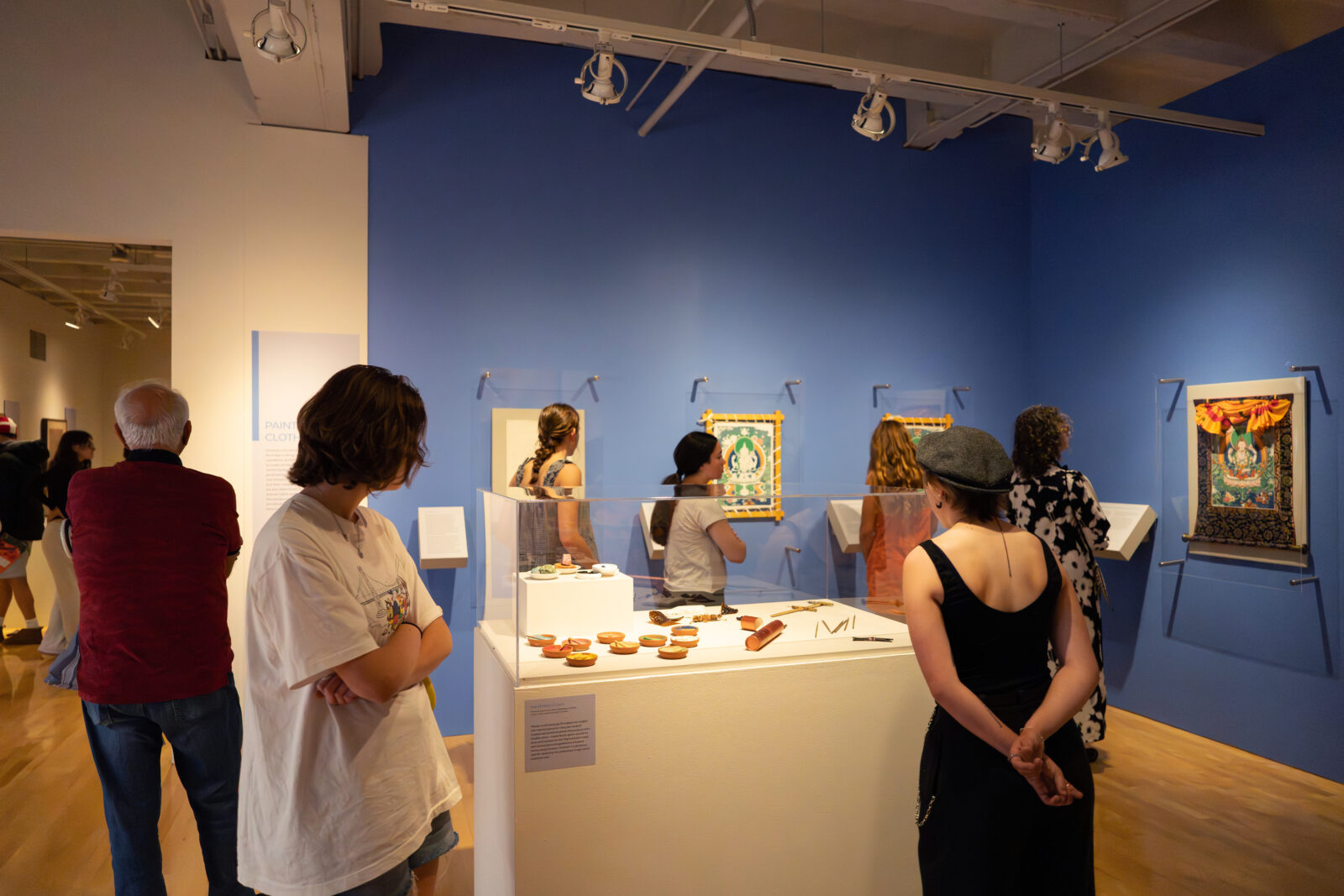
Photo courtesy of Christie’s New York

Photo courtesy of Christie’s New York
How can museums share their collections to best serve the public and fulfill their missions? A recently published report entitled More Art, for More People, in More Places by the museum think tank Remuseum aims to answer this question in a variety of ways, citing the Rubin Museum of Himalayan Art as a key example.
The Rubin’s bold transformation into a global museum with a decentralized operating model in 2024 was recognized in the report as an innovative example of how museums are challenging modern museum conventions to rethink what a museum can be and better serve the public.
The report highlights how the Rubin has expanded its mission and made its collection more accessible. It also cites multiple institutional milestones from the Rubin’s first year operating as a global museum, including the Gateway to Himalayan Art exhibition, traveling to 16+ university museums through 2026; the Rubin Museum Tibetan Buddhist Shrine Room installation at the Brooklyn Museum on view through 2031; the Rubin’s collection sharing program, which aims to expand access to our collection through long-term artwork loans of three to five years; and more. Each of these initiatives enables a variety of local, national, and international audiences to appreciate and learn from the Rubin’s collection of Himalayan art.

Photo by Filip Wolak

Photo by Cy Hennings, courtesy of the Flaten Art Museum
On September 10, following the report’s publication, the Rubin’s Deputy Executive Director, Jamie Lawyer, spoke at More Art, for More People, in More Places—a gathering of museum innovators and thought leaders from across the country centered around the report of the same name. Organized by Remuseum at Christie’s New York, the event featured a series of conversations on new modes of acquiring, owning, caring for, and sharing art. The discussion was grounded in data from the report on the growth and increasing cost of museum collections, establishing the need for new models of utilizing museum collections to serve both museum missions and the public.
“What is seldom recognized is that museums are continuously evolving to meet the needs of today’s audiences,” said Jamie Lawyer. “Whether an institution is 20 or 100 years old, they remain vibrant places of possibility and contribute to the well-being of those who enjoy their collections and programmatic offerings. The Rubin is proud to be recognized by Remuseum for its recent transformation and new way of delivering value to global audiences to ensure that more Himalayan art can reach more people in more places.”
Alongside other thought leaders at the event, Jamie Lawyer spoke about the significance of serving the public on a global scale and without a centralized building. Through this model, the Museum aims to further its mission by providing unprecedented access to Tibetan, Himalayan, and Inner Asian art for years to come.

Jamie Lawyer is the deputy executive director at the Rubin Museum of Himalayan Art. She previously served as the chief experience officer at the Rubin and the head of interpretation, digital learning, and evaluation for the Nelson-Atkins Museum of Art in Kansas City.
Get the latest news and stories from the Rubin, plus occasional information on how to support our work.